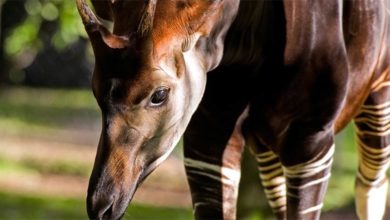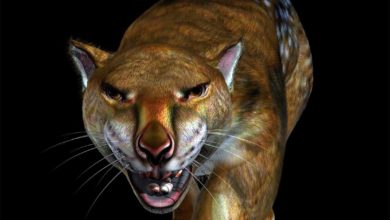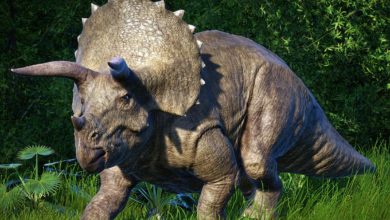The Intelligence of Dogs
We have already written about cat intelligence and the emotional life of animals. Among the articles there are also lists of the wisest animals and the wisest breeds of dogs. The latter was created not by us, but by Stanley Coren, the creator of an important publication about dog intelligence.
In order to fill the gap in the puzzle presenting the intellectual world of animals, we want to tell you something about the intelligence of dogs. After all, one of the oldest companions of a man who is not only a follower of our instructions, but above all a friend and a good spirit of families, must not be missing from this jigsaw puzzle.
Very short definition
Dog intelligence covers the processes of obtaining and storing information, as well as linking it together, comparing it and applying it to new situations.

Dog intelligentsia vs. man and evolution
A dog’s intellect would certainly not be as it is today if it were not for close relationships with people. There are great psychological convergences between us. It is therefore difficult to say that the cognitive evolution of dogs took place independently from ours.
You do not need to be a genius to conclude that centuries-old relationships between dogs and humans have a significant impact not only on physical development (e.g. selective breeding) but also on the social and mental development of our quadrupeds.
That is why many breeds have a great need to be close to people, learn commands quickly and feel the emotions of their caregivers.
However, everything has a price. Domestic dogs have lost some of their original cognitive skills staying with humans. Instead, they have learned to use people to solve tasks that they would have to solve themselves in a wild environment. Socialized wolves seem to be more independent than domesticated dogs.

Stanley Coren
The first dog intelligence test was developed in 1976 and covered the “volume” of short memory, reflexes and problem-solving. The ability of the dog to adapt to new conditions and to cope with emotionally difficult situations were also assessed.
The tests carried out by the judges also assessed the level of obedience. All these attributes are locked in the concept of “intelligence”. The results of the research and the ranking of the most intelligent breeds were published by Stanley Coren in his book “The Intelligence of Dogs”.

Learning
Dogs learn well not only by amplifying (rewarding, punishing, clicking, etc.) but also by observing other dogs and people. One study found that a dog, while playing with his four-legged friend, adapted his behavior to the attention of his partner.
Puppies learn fastest from experienced adult dogs. Of course, they would be able to learn the same thing without observing it, but independent learning would take up to 15 times longer.
The position of a dog affects his or her learning outcomes in social contexts. In very hierarchical groups, dominant individuals are more effective demonstrators, and the flow of knowledge flows mainly in one direction to the lower ranks.
In problem-solving experiments, dominant dogs tend to perform better than their subordinates do. In general, dogs learn best from the dominant dog they are next to.

Observation of human signals
Dogs are able to solve tasks correctly using human signals. In one of the experiments, the prize was placed under one of the buckets. The experimenter pointed to the location of the prize by tapping a bucket with a spoon, pointing to it by nodding or looking at it. In this study, dogs (even those poorly socialized) performed much better than wolves, chimpanzees and infants.
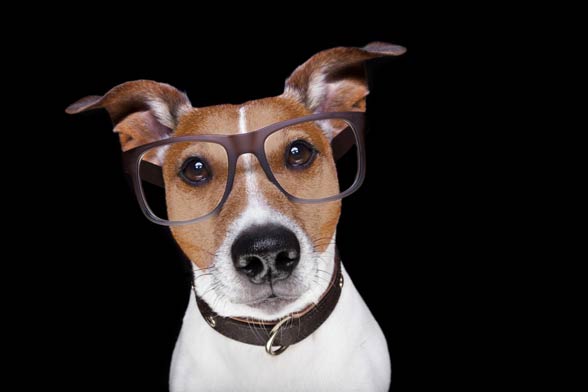
Naming objects
Our four-legged heroes willingly learn the names of objects, in addition, they can find these objects in space. A good example is a Border Collie named Chaser. The dog knew the names of more than 1,000 items and could find them using a verbal command.
The human mind can do the so-called fast mapping. It is the ability to create quick and superficial hypotheses about the meaning of a new word after the first exposure. A similar skill was given to a Border Collie called Rico. He could interpret a phrase like “bring a sock”. He concluded the meaning of the names of new objects by excluding elements that he already knew. Understanding this dog is at the same level as in a 3-year-old child. Rico understood over 280 words. There is a reason why Border Collies rank first in the ranking of the most intelligent dog breeds according to Stanley Coren.
Of the famous border collie dogs, it is worth recalling also Betsy, who understood over 340 words, she also knew the names of 15 people.
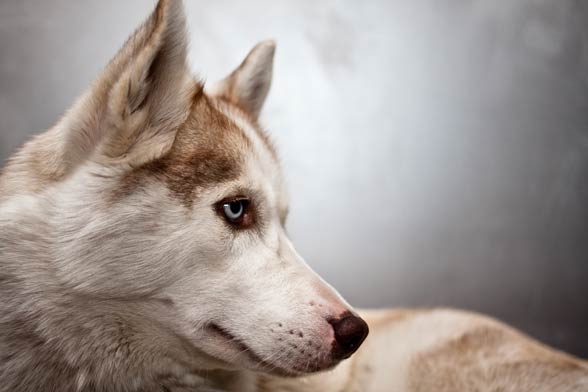
Interesting facts
- Dingo faster than a domestic dog solves problems not based on cooperation.
- In dogs, the smell is the highest function in gaining information about the world. In humans, the most important function of this type is usually sight.
- Dogs sense the Earth’s magnetic field.
- Dogs deduce in a similar way to children.
- In 2016, research on water rescue dogs showed that they react better to non-verbal commands (i.e. gestures) than verbal commands.

Recommended
- Pets
- Dogs
- Smartest dogs
- Tallest dogs
- Most aggressive dogs
- Oldest dogs
- Cats
- Wild cats
- Fastest animals
- Fastest birds
- Largest eagles









